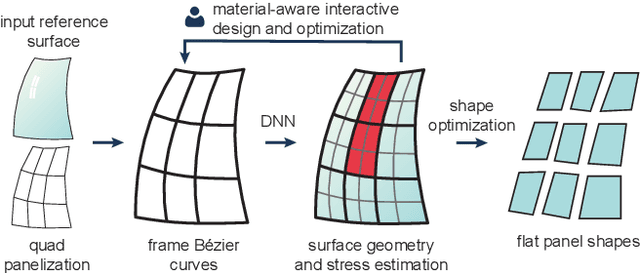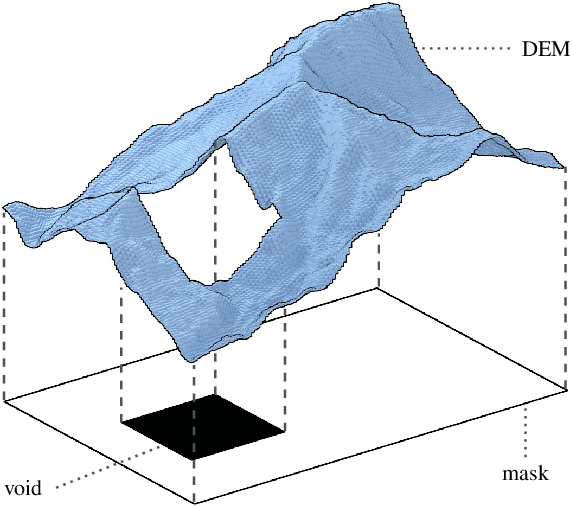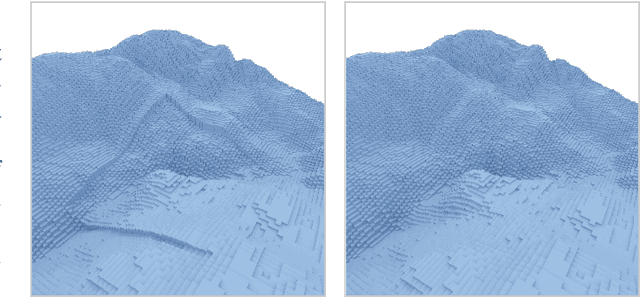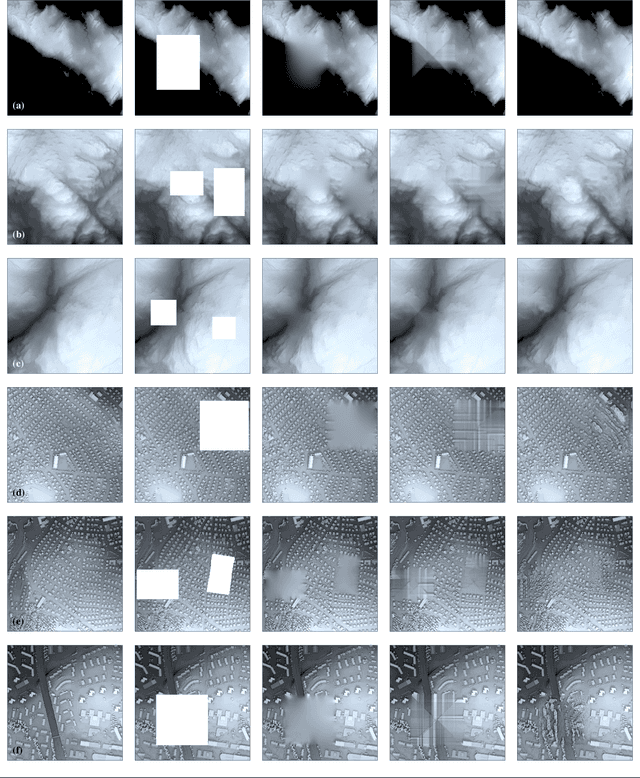Konstantinos Gavriil
Computational Design of Cold Bent Glass Façades
Sep 08, 2020



Abstract:Cold bent glass is a promising and cost-efficient method for realizing doubly curved glass fa\c{c}ades. They are produced by attaching planar glass sheets to curved frames and require keeping the occurring stress within safe limits. However, it is very challenging to navigate the design space of cold bent glass panels due to the fragility of the material, which impedes the form-finding for practically feasible and aesthetically pleasing cold bent glass fa\c{c}ades. We propose an interactive, data-driven approach for designing cold bent glass fa\c{c}ades that can be seamlessly integrated into a typical architectural design pipeline. Our method allows non-expert users to interactively edit a parametric surface while providing real-time feedback on the deformed shape and maximum stress of cold bent glass panels. Designs are automatically refined to minimize several fairness criteria while maximal stresses are kept within glass limits. We achieve interactive frame rates by using a differentiable Mixture Density Network trained from more than a million simulations. Given a curved boundary, our regression model is capable of handling multistable configurations and accurately predicting the equilibrium shape of the panel and its corresponding maximal stress. We show predictions are highly accurate and validate our results with a physical realization of a cold bent glass surface.
Void Filling of Digital Elevation Models with Deep Generative Models
Nov 30, 2018



Abstract:In recent years, advances in machine learning algorithms, cheap computational resources, and the availability of big data have spurred the deep learning revolution in various application domains. In particular, supervised learning techniques in image analysis have led to superhuman performance in various tasks, such as classification, localization, and segmentation, while unsupervised learning techniques based on increasingly advanced generative models have been applied to generate high-resolution synthetic images indistinguishable from real images. In this paper we consider a state-of-the-art machine learning model for image inpainting, namely a Wasserstein Generative Adversarial Network based on a fully convolutional architecture with a contextual attention mechanism. We show that this model can successfully be transferred to the setting of digital elevation models (DEMs) for the purpose of generating semantically plausible data for filling voids. Training, testing and experimentation is done on GeoTIFF data from various regions in Norway, made openly available by the Norwegian Mapping Authority.
 Add to Chrome
Add to Chrome Add to Firefox
Add to Firefox Add to Edge
Add to Edge